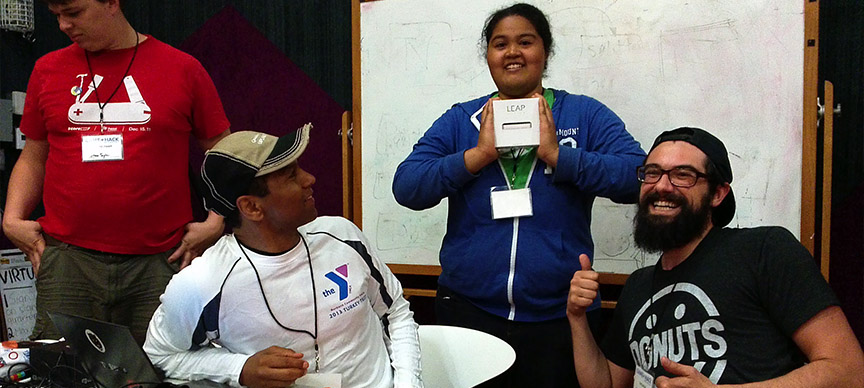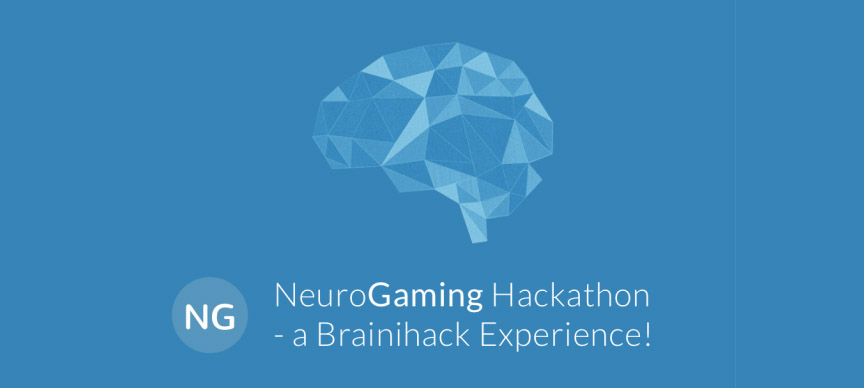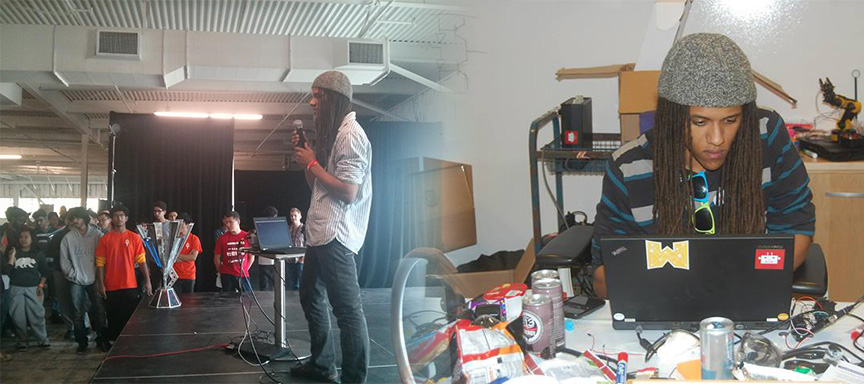By creating a game that forced his eyes to work together, cross-eye sufferer and game developer James Blaha has been working to overcome his condition and retrain his brain with the power of gamification.
// Gaming
We recently received an intriguing call from Puzzle Break, a Seattle-based company that specializes in building mysterious rooms. The types of mindbenders you’ve encountered in video games, except rendered in real life.

For a lot of kids, STEM subjects (science, technology, engineering, and math) can seem distant and inaccessible. This weekend, Nickelodeon and the city of Burbank kicked off Game+Hack – a three-day hackathon where students, teachers, and novices joined developers, designers, and NASA engineers to play with the latest gadgets and build creative mobile apps.

This weekend, 100 developers, designers, and makers gathered at Apportable HQ to wrestle with ways we can use devices to hack into our neural pathways. From anxiety and panic suppression, to speed reading, to chair flying flight simulators, to mood bracelets, we saw some incredible projects produced over the course of two days – several of which artfully integrated Leap Motion technology.
Hack Reactor is a developer bootcamp where people become software engineers through live coding, real-world projects, and meetups. On March 28, Leap Motion’s senior developer Dave Edelhart and I were invited to present the Leap Motion Controller and Three.js. Together with over 30 developers (both in training and from the wider San Francisco coding community), […]
Leapouts is a collaborative 3D model builder, controlled with Leap Motion interaction, that runs inside a Google Hangout. We’ve made a demo available for you to try at leapouts.com. But how did we build it over a weekend without ever having used the Leap Motion API, Firebase, or Three.js before?
This week, ditch the remote and grab the popcorn with Vimeo Couch Mode and Leap Motion interaction – a whole new way to watch high-quality videos. Plus, a fast-paced speed racer that lives in your browser, magical fireflies, an arcade-style dubstep game, and an elegant wooden puzzle.
Could 3D interfaces make it possible for people with eye problems to see in three dimensions? James Blaha has strabismus or “cross-eye,” which means that his brain ignores input from his non-dominant eye. By creating a game that forces your eyes to work together, he hopes to offer a therapeutic virtual-reality solution that makes it fun for people to overcome their amblyopia (lazy eye) and strabismus with games.


